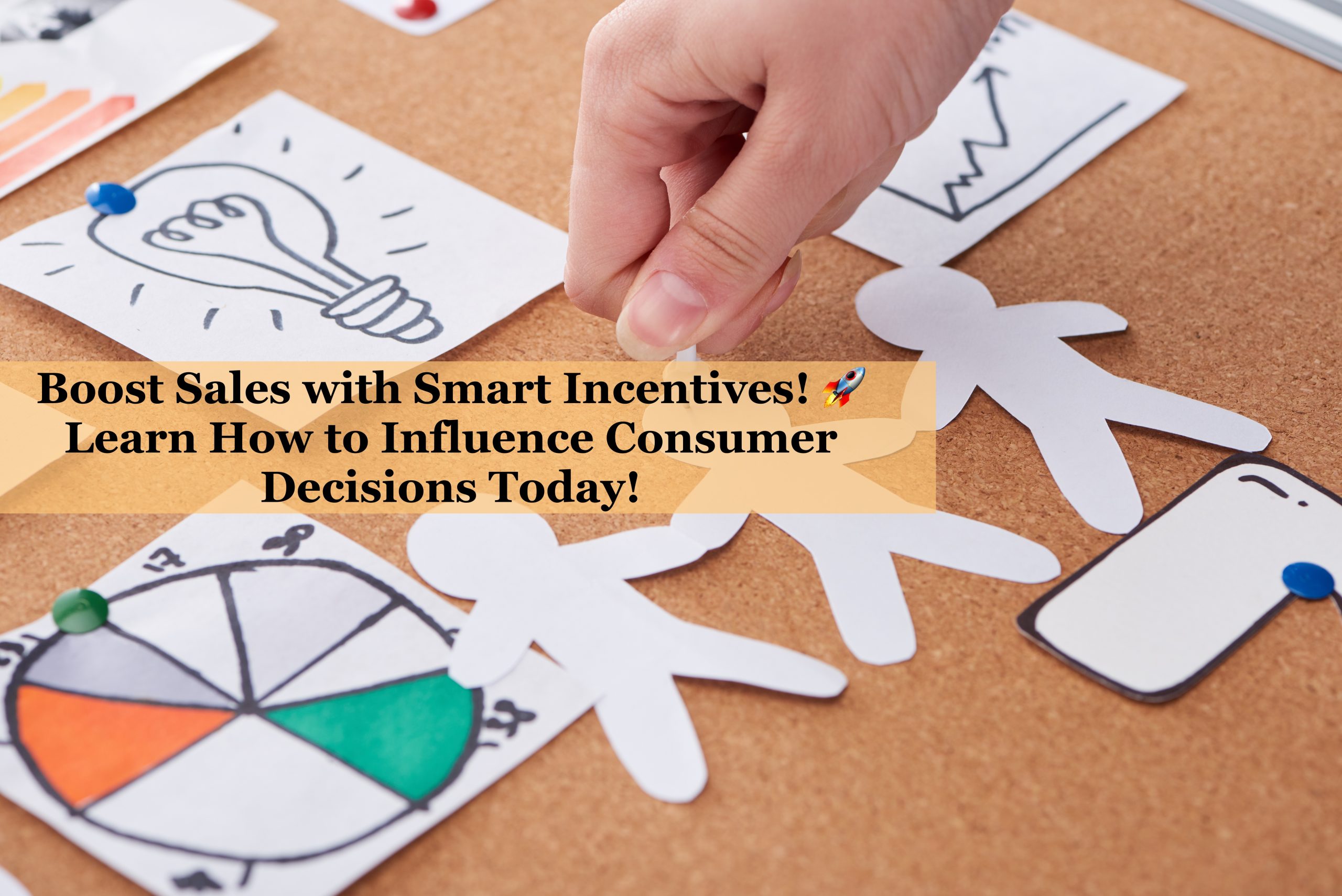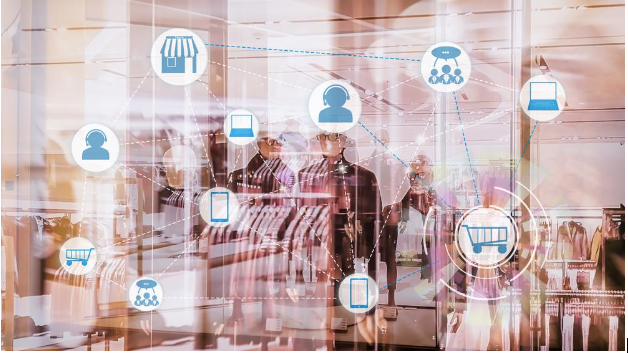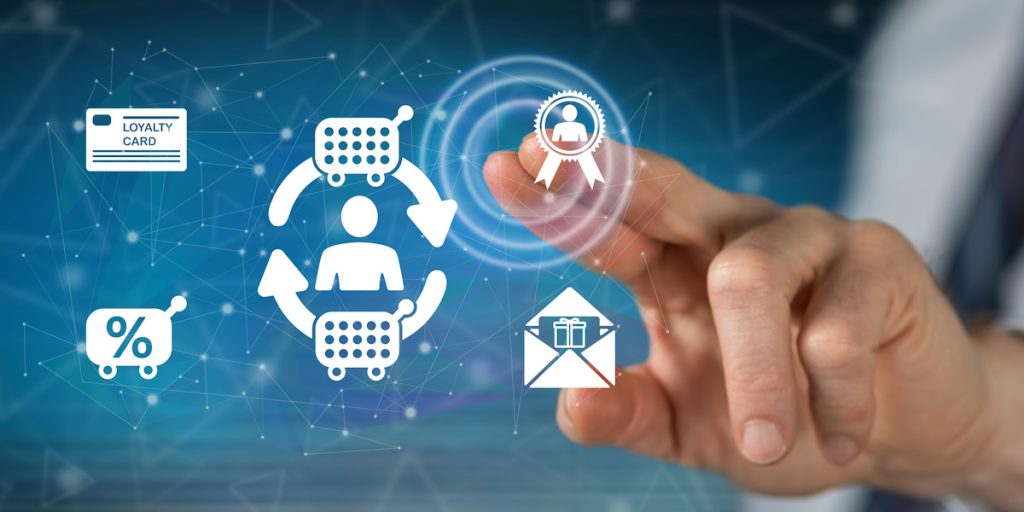Incentives to influence consumer decisions are one of the most effective tools businesses can use to boost conversions. When used strategically, incentives like discounts, loyalty rewards, and exclusive benefits encourage customers to act quickly and build long-term loyalty. By appealing to customer psychology, these strategies can dramatically impact the consumer decision-making process.
In this blog, we’ll explore how incentives drive conversions, the various types of incentives, and how to implement these strategies to maximize success. If you want expert guidance to design the perfect incentive program, read on—we’re here to help you achieve your goals.
Why Incentives Influence Consumer Decisions?
Incentives impact behavior by offering something of value to customers, making a decision easier. For example, a free shipping offer or a loyalty reward can help reduce hesitation, pushing consumers toward making a purchase. Businesses that use incentives to influence consumer decisions strategically see better results because these rewards align with consumer psychology.
Incentives tap into three key psychological drivers:
- Reciprocity: Customers feel the need to reciprocate when they receive value.
- Loss Aversion: Fear of missing out on a deal prompts quicker decisions.
- Reward Motivation: People enjoy being rewarded, increasing positive feelings toward your brand.
By leveraging these psychological triggers, businesses can create stronger connections with customers and encourage immediate action.
Types of Consumer Incentives
Different types of incentives work for different audiences. Understanding the options helps you craft offers that truly resonate with your customers.
1. Monetary Incentives
Monetary rewards appeal to customers who are price-sensitive. These are some of the most common and effective ways to drive conversions with rewards.
- Examples:
- Percentage discounts (e.g., “Save 20% today!”)
- Cashback rewards (e.g., “Earn $10 cashback on your next purchase”)
- Free shipping offers (e.g., “Enjoy free shipping on orders over $50”)
- Impact: Reduces the financial barrier, making products more attractive.
2. Non-Monetary Incentives
Non-monetary rewards add value in ways that go beyond reducing cost. They make customers feel valued and appreciated.
- Examples:
- Free gifts (e.g., “Get a free tote bag with your purchase”)
- Exclusive access (e.g., “Members-only sale preview”)
- Extended warranties or guarantees
- Impact: Enhances the overall customer experience and builds loyalty.
3. Experiential Incentives
Experiential rewards create unique moments or benefits that consumers will remember.
- Examples:
- VIP event invitations
- Personalized recommendations and services
- Free classes or workshops
- Impact: Builds emotional connections and fosters long-term loyalty.
4. Behavioral-Based Incentives
These encourage customers to take specific actions that benefit your brand, such as referrals or social engagement.
- Examples:
- Referral bonuses (e.g., “Refer a friend and get $15 off”)
- Social media sharing discounts (e.g., “Share this post and receive 10% off”)
- Impact: Increases engagement and brand awareness.
How Incentives Influence the Consumer Decision-Making Process?
Incentives play a direct role in shaping the consumer decision-making process. Let’s explore how they achieve this:
1. Increasing Perceived Value
When customers see added value, such as discounts or free gifts, they perceive the product or service as a better deal. This perceived value often tips the scales in favor of making a purchase.
2. Reducing Risk
Many consumers hesitate to buy because they fear making the wrong decision. Incentives like free returns or money-back guarantees reduce this risk, making it easier to commit.
3. Triggering Positive Emotions
Personalized rewards and loyalty programs make customers feel valued. This creates a positive emotional connection, increasing their likelihood of repeat business.
Strategies to Drive Conversions with Incentives
Creating the right incentive strategy requires a balance of creativity and understanding customer needs. Here’s how to make your incentives more effective:
1. Highlight Urgency
Urgency encourages customers to act quickly. Use time-sensitive offers such as:
- “Limited-time only: Save 20% this weekend!”
- “Hurry! Offer expires in 24 hours.”
Urgency works because it taps into the fear of missing out, a key driver in the consumer decision-making process.
2. Personalize Incentives
Customers respond better to offers that feel tailored to them. Use customer data to send personalized recommendations and offers. For instance:
- “Get 15% off the items you browsed last week.”
This strategy aligns perfectly with the goal of using incentives to influence consumer decisions.
3. Leverage Loyalty Programs
Loyalty programs reward repeat purchases and build long-term relationships. Offer points for every purchase, which can be redeemed for future discounts or rewards. Highlight the benefits of joining, such as:
- “Earn points every time you shop and unlock exclusive rewards!”
4. Make Redemption Easy
Ensure customers can easily claim incentives. Complex processes frustrate users and reduce engagement. For example:
- Allow coupon codes to auto-apply during checkout.
- Simplify reward program enrollment with minimal steps.
5. Measure and Optimize Performance
Track how well your incentive campaigns perform. Monitor metrics like conversion rates, sales volume, and customer retention. Use this data to refine your approach.
Real-Life Examples of Incentives Driving Conversions
Looking at how major brands use incentives can inspire your strategy:
- Amazon: Free shipping for Prime members reduces the cost barrier and boosts loyalty.
- Starbucks: Loyalty rewards points encourage repeat purchases and increase average order value.
- Nike: Exclusive discounts for members make customers feel valued and incentivize sign-ups.
These examples show how effective incentive strategies can lead to long-term success.
Let Us Help You Create Winning Incentive Strategies
Crafting the perfect incentive program requires expertise. If you want to see real results, our consultancy can help.
Why Partner With Us?
- Customized Solutions: We design tailored strategies that align with your goals.
- Data-Driven Insights: Our team uses advanced analytics to measure success and optimize your campaigns.
- Proven Success: We’ve helped countless businesses boost conversions and build loyalty.
Conclusion
Incentives are a powerful way to influence consumer decisions and boost conversions. By offering the right rewards, reducing risk, and enhancing value, businesses can win over customers and foster loyalty. Whether you’re offering monetary discounts, non-monetary perks, or experiential rewards, a strategic approach ensures maximum results.
Ready to unlock the full potential of incentives? Get in touch with IncentivAction today and let’s build a strategy that drives real growth for your business.
Ready to Boost Conversions with Incentives?




